TABLE 15-5
What are the factors that determine the acceleration time (in sec.) from 0 to 60 miles per hour of a car? Data on the following variables for 171 different vehicle models were collected:
Accel Time: Acceleration time in sec.
Cargo Vol: Cargo volume in cu. ft.
HP: Horsepower
MPG: Miles per gallon
SUV: 1 if the vehicle model is an SUV with Coupe as the base when SUV and Sedan are both 0
Sedan: 1 if the vehicle model is a sedan with Coupe as the base when SUV and Sedan are both 0
The regression results using acceleration time as the dependent variable and the remaining variables as the independent variables are presented below.
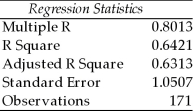 ANOVA
ANOVA

 The various residual plots are as shown below.
The various residual plots are as shown below.
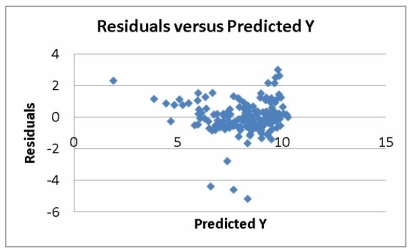
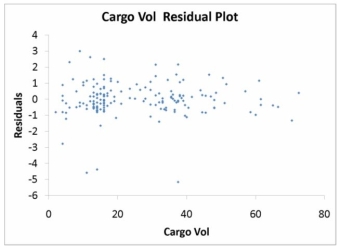
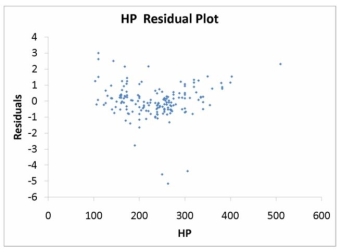
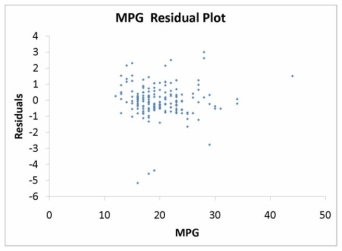
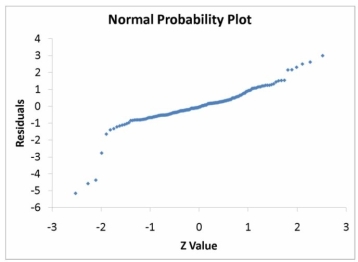 The coefficient of partial determination (
The coefficient of partial determination (  ) of each of the 5 predictors are, respectively, 0.0380, 0.4376, 0.0248, 0.0188, and 0.0312.
) of each of the 5 predictors are, respectively, 0.0380, 0.4376, 0.0248, 0.0188, and 0.0312.
The coefficient of multiple determination for the regression model using each of the 5 variables as the dependent variable and all other X variables as independent variables (  ) are, respectively, 0.7461, 0.5676, 0.6764, 0.8582, 0.6632.
) are, respectively, 0.7461, 0.5676, 0.6764, 0.8582, 0.6632.
-Referring to Table 15-5, ________ of the variation in Accel Time can be explained by the five independent variables.
Definitions:
Concepts
Mental representations of categories of objects, events, or ideas based on shared properties.
Categorization
The process of recognizing, differentiating, and understanding objects, concepts, or experiences by grouping them into categories based on shared characteristics.
Superordinate
A term used to describe a higher level or more general category under which lower level categories or entities are grouped.
Subordinate
A person or thing that is of lesser importance, rank, or order.
Q1: Referring to Table 13-2, to test that
Q28: Referring to Table 14-15, which of the
Q48: Which of the following is used to
Q72: The stepwise regression approach takes into consideration
Q74: Collinearity is present when there is a
Q84: Referring to Table 15-4, the null hypothesis
Q85: Collinearity will result in excessively low standard
Q96: Referring to Table 14-4, what minimum annual
Q126: If you wanted to find out if
Q158: Referring to Table 14-3, what is the